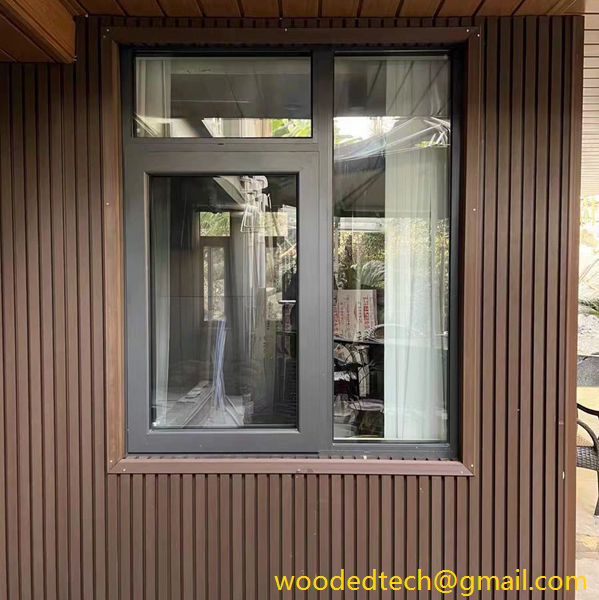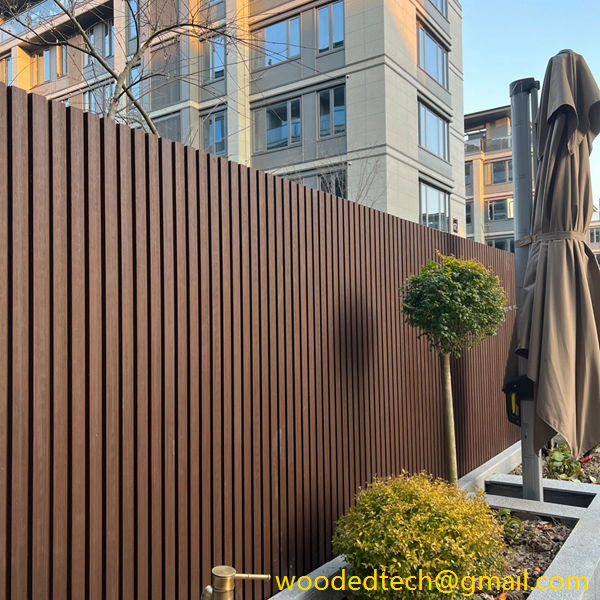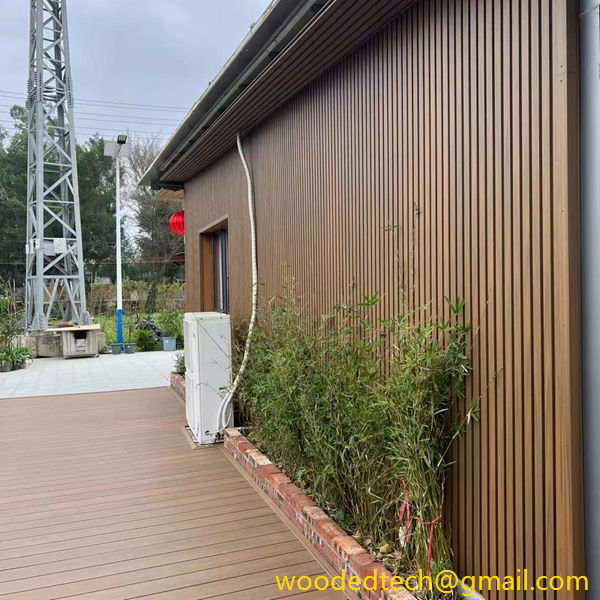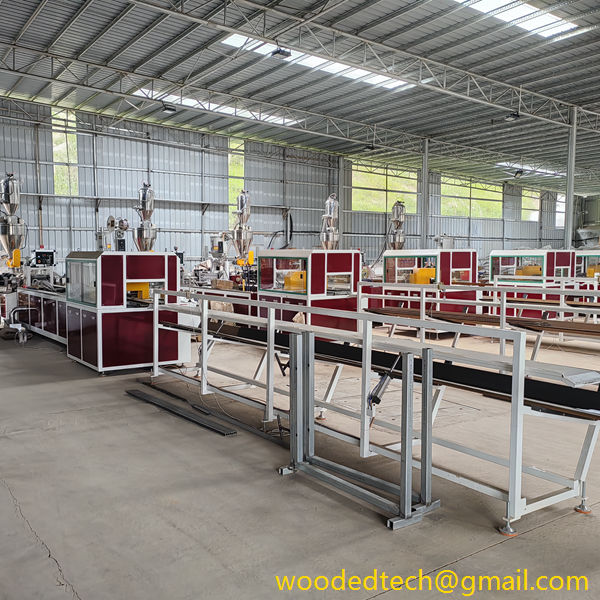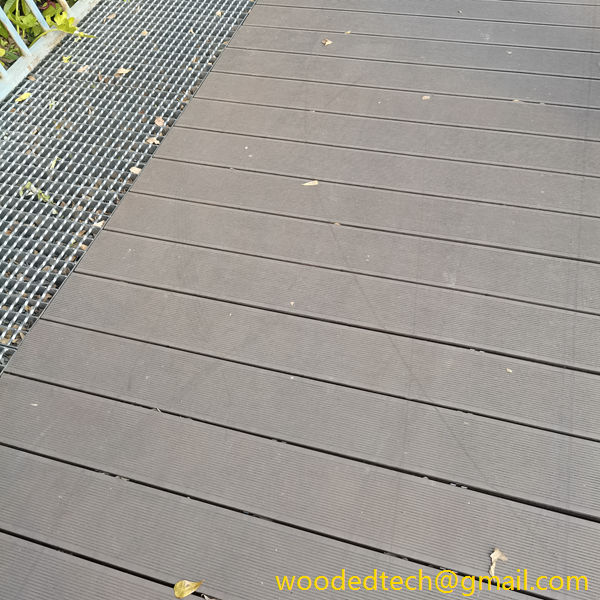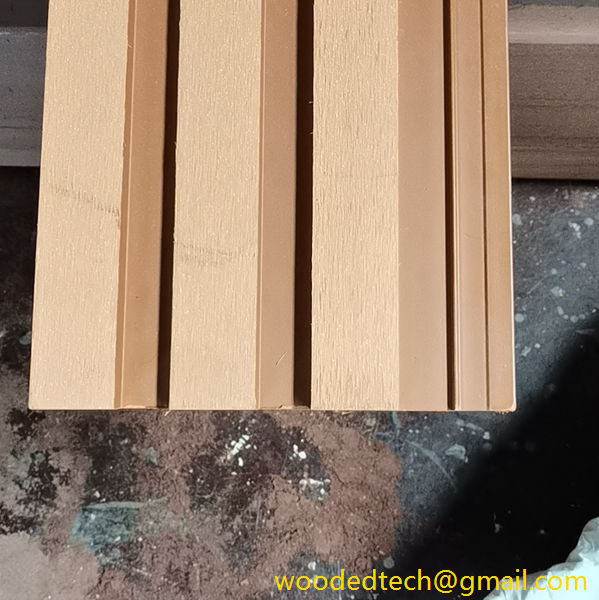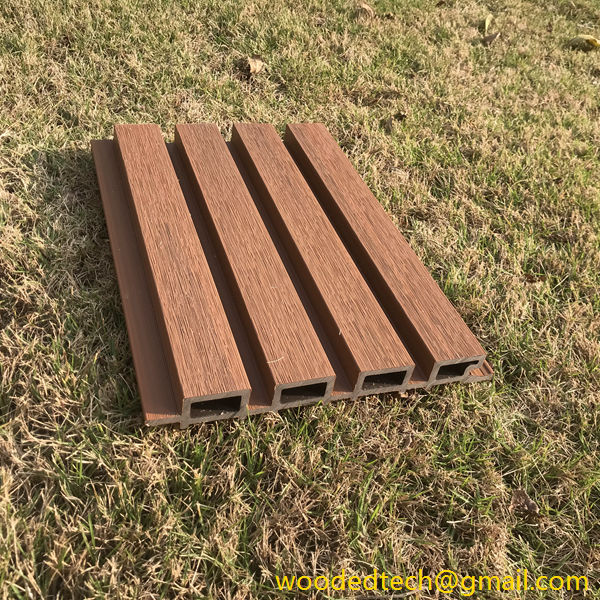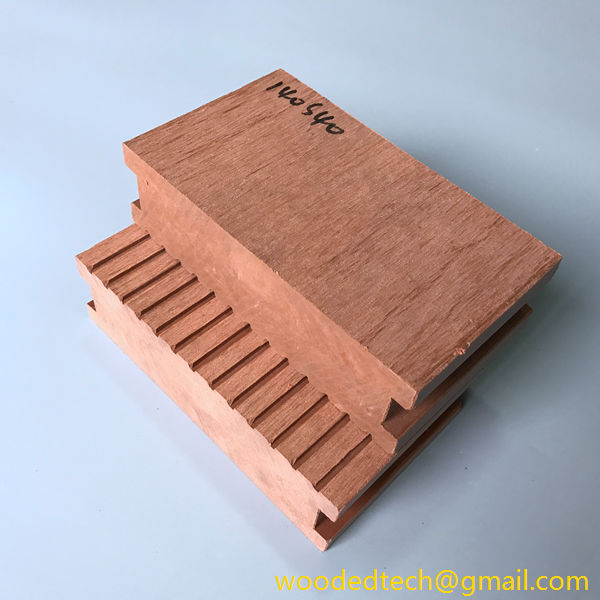Exploring Non-Wood Wall Paneling for Eco-Friendly Solutions
Exploring Non-Wood Wall Paneling for Eco-Friendly Solutions The construction and interior design industries are continuously evolving, driven by a growing awareness of environmental sustainability and the need for eco-friendly materials. As we forge ahead into an era that prioritizes green practices, non-wood wall paneling emerges as a viable alternative that not only meets aesthetic and…
Exploring Non-Wood Wall Paneling for Eco-Friendly Solutions
The construction and interior design industries are continuously evolving, driven by a growing awareness of environmental sustainability and the need for eco-friendly materials. As we forge ahead into an era that prioritizes green practices, non-wood wall paneling emerges as a viable alternative that not only meets aesthetic and functional requirements but also minimizes ecological impact. This article explores the innovations in non-wood wall paneling, examining their materials, benefits, and potential applications.
Non-wood wall paneling is defined as any wall covering that does not utilize traditional timber products in its composition. This category includes a diverse range of materials such as recycled plastics, bamboo, metal, ceramics, and composite materials made from agricultural by-products. By moving away from wood, which often involves deforestation and unsustainable logging practices, these alternatives offer a more sustainable solution for interior spaces.
One of the most notable materials used in non-wood wall paneling is recycled plastic. This innovative approach not only diverts plastic waste from landfills but also reduces the demand for virgin materials. Recycled plastic panels can mimic the look of wood or other natural materials while providing enhanced durability and resistance to moisture and pests. This makes them particularly suitable for areas prone to humidity, such as bathrooms and kitchens. Furthermore, the production process for recycled plastic panels often consumes less energy compared to traditional wood harvesting and processing.
Bamboo is another sustainable option gaining popularity in the wall paneling market. As a fast-growing grass, bamboo can reach maturity in just three to five years, making it a highly renewable resource. Its natural strength and versatility allow it to be processed into various forms of paneling that can suit both modern and traditional design aesthetics. Bamboo panels can be treated to enhance their durability and resistance to environmental factors, thereby ensuring a long lifespan. Moreover, bamboo cultivation helps in carbon sequestration, contributing positively to the environment.
In addition to recycled plastics and bamboo, metal wall paneling is also making waves in eco-friendly design. Metal panels, often made from recycled aluminum or steel, offer a sleek and contemporary look while being incredibly durable. They can be used in both residential and commercial settings, providing a modern touch while requiring minimal maintenance. The ability to recycle metal at the end of its life cycle further enhances its sustainability profile. Additionally, metal panels can be finished in various colors and textures, providing versatility in design without compromising on environmental principles.
Ceramic tiles are another non-wood alternative that has been used for wall paneling for centuries. While they may not be a new concept, modern advancements have enabled the creation of highly durable and aesthetically pleasing ceramic panels that can withstand impacts, moisture, and temperature fluctuations. These tiles can be made from natural clay and minerals, and their production can be conducted with reduced energy consumption when utilizing efficient firing techniques. With endless design possibilities ranging from classic to contemporary, ceramic panels can cater to diverse design preferences while remaining eco-friendly.
Composite materials made from agricultural by-products, such as straw, wheat, and rice husks, represent another innovative approach to non-wood wall paneling. These materials are often bonded with bio-based resins to create sturdy and attractive panels. The use of agricultural waste not only reduces reliance on wood but also promotes waste recycling and resource efficiency. This form of paneling can be particularly beneficial in rural settings where agricultural waste is abundant, providing an economic benefit while supporting local communities.
Beyond the materials themselves, the adoption of non-wood wall paneling can lead to a significant reduction in the carbon footprint associated with construction projects. Traditional wood paneling often entails extensive transportation and processing, which can contribute to greenhouse gas emissions. In contrast, many non-wood alternatives are locally sourced or produced from recycled materials, significantly lowering transportation-related emissions. Additionally, the longevity of these materials can result in less frequent replacements, further reducing waste generation over time.
The benefits of non-wood wall paneling extend beyond sustainability. Aesthetically, these materials can be designed to suit a wide range of styles, from rustic to ultra-modern. Their versatility allows architects and designers to create unique environments that reflect the ethos of ecological responsibility without sacrificing style or functionality. Non-wood panels can also enhance indoor air quality, as many of them are resistant to mold and mildew, providing a healthier living environment.
In conclusion, the exploration of non-wood wall paneling presents a promising avenue for achieving eco-friendly solutions in construction and interior design. By utilizing materials such as recycled plastics, bamboo, metal, ceramics, and agricultural composites, we can reduce our reliance on traditional wood products and contribute to a more sustainable future. As the demand for environmentally responsible building practices continues to grow, non-wood wall paneling stands out as a practical and stylish alternative that meets both aesthetic and ecological needs. Embracing these innovations not only supports the planet but also inspires a new generation of design that is as mindful as it is beautiful.

